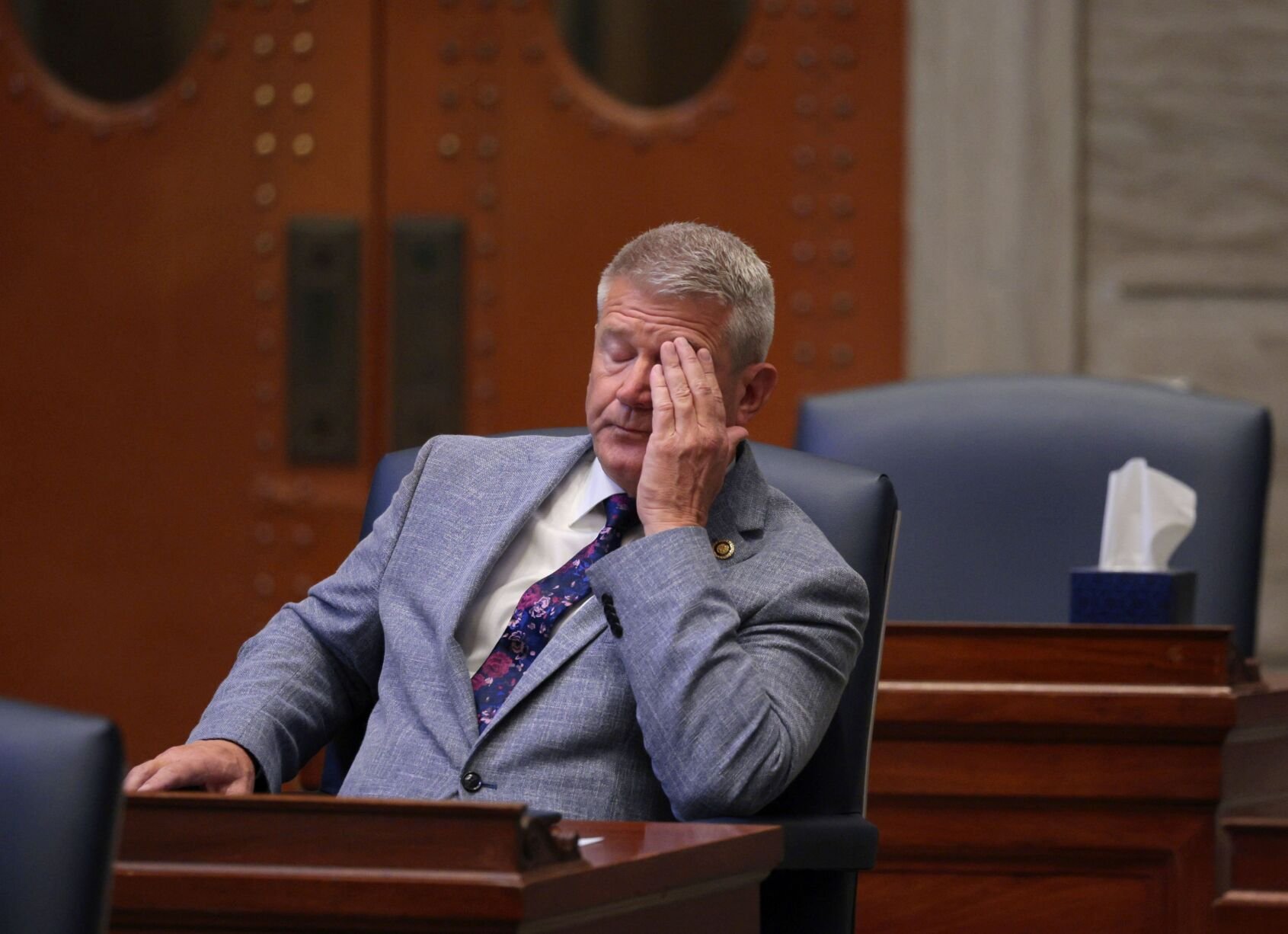A global gathering at Tsinghua University launched the 2025 Global Carbon Neutrality Annual Progress Report, shining a spotlight on the urgent need to close the gap between pledges and action. Experts stressed that concrete steps are essential to fulfill climate goals. The event marked a decade since the Paris Agreement first raised hopes of a united effort.
2025 Global Carbon Neutrality Report highlights implementation gap at Tsinghua University forum
Key Takeaways:
- The 2025 Global Carbon Neutrality Annual Progress Report was unveiled at Tsinghua University.
- Experts highlighted the gulf between climate promises and real-world implementation.
- The event occurred on the 10th anniversary of the Paris Agreement.
- China shared updates on its “dual carbon” targets and newly announced NDC.
- International collaboration was emphasized as crucial for achieving carbon neutrality targets.
Opening the Forum
At Tsinghua University in Beijing, experts and policymakers gathered to confront a lingering concern: the increasing disparity between climate pledges and tangible results. The occasion showcased the 2025 Global Carbon Neutrality Annual Progress Report, an in-depth assessment of how much the global community has advanced in reducing emissions. Held on the 10th anniversary of the Paris Agreement, the forum’s timing amplified the significance of its findings.
The Implementation Gap
Throughout the event, participants acknowledged that while many nations have pledged ambitious carbon targets, genuine progress on the ground often lags behind. The newly unveiled report underscored the fundamental challenges in bridging this gap, urging both public and private sectors to intensify actions that align with stated commitments. Policymakers and climate experts pointed to data indicating the pace of emissions reduction remains insufficient to meet urgent milestones.
China’s Progress and New NDC
In a keynote presentation, Liu Yang, Deputy Director General of the Department of Climate Change under China’s Ministry of Ecology and Environment, outlined her country’s strides toward achieving “dual carbon” goals—peak emissions and carbon neutrality—and introduced China’s newly announced Nationally Determined Contribution (NDC). The emphasis on updated targets demonstrated China’s intent to contribute to the global objective of emissions reduction and served as a call for other nations to bolster their own climate agendas.
International Perspectives
The forum welcomed various global viewpoints, reflecting a shared commitment to meeting climate challenges. Several speakers called for heightened international collaboration, particularly in technology sharing, policy coordination, and financial investment in sustainable energy and land use. Many panelists agreed that without a unified global effort, carbon neutrality remains a distant goal.
Looking Ahead
With the 2025 Global Carbon Neutrality Annual Progress Report as a reference, climate leaders, policymakers, and industries are urged to reflect on tangible solutions that turn aspirations into action. The insights shared at Tsinghua University underscored a renewed push for accountability as the world moves from celebrating pledges to delivering results. As the forum concluded, participants left with a unified message: bridging the climate pledge gap ultimately depends on shared resolve and sustained commitment in every corner of the globe.











